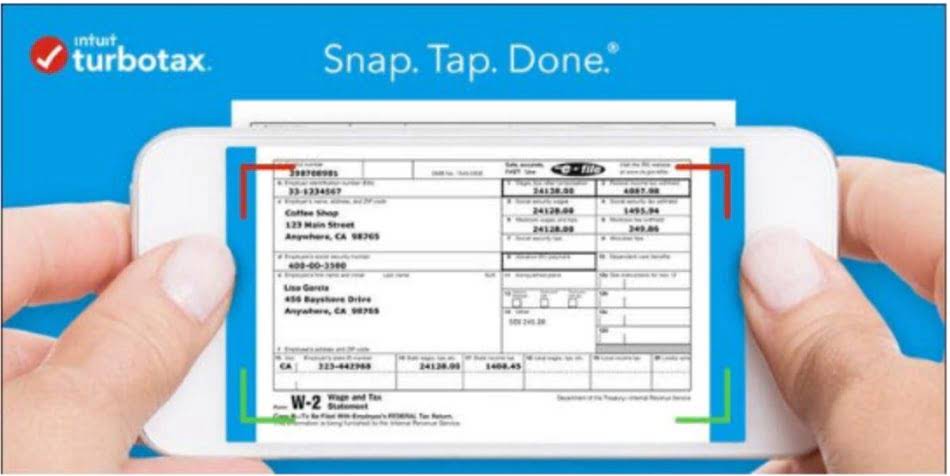
This means that, as an FP&A analyst, you probably want to suggest tighter cost control to decision makers to keep the profitability in check. CAGR measures the average annual growth rate of a financial metric over a specific period. It helps determine the consistent growth rate, smoothing out fluctuations in year-to-year changes. Ensure the accuracy and completeness of the data, as any inaccuracies can affect the analysis results.

My 39 Favorite Excel Hacks To Make Your Life Easier
Income statements and balance sheets are the primary financial statements that are necessary for horizontal analysis. The income statement summarises a company’s revenues, expenses, and net profit or loss over a specified period, typically one year. Carrying out horizontal analysis of the income statement and balance sheet helps investors and creditors to determine the current financial position of a company.

Example 1: Revenue Analysis for Company A

This method of analysis makes it easy for the financial statement user to spot patterns and trends over the years. A fundamental part of financial statement analysis is comparing a company’s results to its performance in https://www.bookstime.com/articles/how-to-scale-a-business the past and to the average industry benchmark set by comparable peers in the same (or adjacent) industry. The two examples below show how to do horizontal analysis using Google Sheets, but you can easily do the same in Excel.
- Finance Strategists has an advertising relationship with some of the companies included on this website.
- For example, a company with steadily increasing net income and controlled expenses might be seen as a good investment opportunity.
- Sourcetable handles data of any size through file uploads and database connections.
- The AI assistant calculates growth metrics and visualizes trends without complex spreadsheet formulas.
- It denotes the percentage change in the same line item of the next accounting period compared to the value of the baseline accounting period.
Sourcetable Use Cases for Horizontal Analysis

Alterations that occur abruptly sometimes indicate a permanent shift that necessitates action or is indicative of unique circumstances during that time. Using the variance analysis method, the variance or discrepancy between quantities is determined. According to the variance, the financial impact was advantageous due to the rise in revenue. New asset investments are Online Accounting sometimes an indication of an increase in expenditure. Research conducted by Davis and Lee in 2018 in the “Journal of Corporate Finance” revealed that firms that experienced a 15% increase in operational cash flow exhibited a significant reduction in debt dependency.

- Once the relevant financial statements are chosen, the next step is to identify the specific line items to be compared.
- It’s like having a time machine for your finances, where you can spot trends, identify anomalies, and essentially read between the lines of those monotonous columns of numbers.
- While Excel requires manual formula creation and chart configuration, Sourcetable’s AI automatically generates sophisticated visualizations and analysis from simple conversational requests.
- Investors can use horizontal analysis to determine the trends in a company’s financial position and performance over time to determine whether they want to invest in that company.
- Horizontal analysis is a crucial tool in financial statement analysis, offering insights into the performance and trends of an organization over time.
- Horizontal analysis, also known as trend analysis, compares financial data over a specific period to identify changes and trends.
- In the next section, you have step-by-step instructions on how to do horizontal analysis with examples using a balance sheet and an income statement.
For example, we perform a horizontal analysis of the income statement for the years ended March 31, 2023, and March 31, 2024, for Wipro Limited. From 2023 to 2024, Reliance Industries’ revenue increased by Rs.1,00,000 crores, or 20%. The horizontal analysis formulas are employed to illustrate the revenue growth over time. The expansion of fixed assets sometimes suggests the need for new investments, while a decrease in their quantity suggests obsolescence. A rise in liabilities, such as accounts payable, sometimes indicates liquidity issues. Such analysis provides valuable insights into why any of these line items rose or fell sharply or markedly in year 2, compared to year 1.
- An increase in assets might indicate growth and expansion, while a rise in liabilities could signal potential financial stress or increased borrowing.
- Get started with premium spreadsheets and financial models customizable to your unique business needs to help you save time and streamline your processes.
- Users can effortlessly analyze trends and compare company performance without advanced spreadsheet expertise.
- Horizontal analysis is your go-to method for comparing financial data across multiple periods.
- This helps in understanding how efficiently a company is managing its costs relative to its revenue.
- The most significant insight that percentage change analysis provides is the identification of growth or decline rates in financial metrics such as revenue, expenditures, and profits.
- Analysts observe trends in critical accounts, including revenue, cost of goods sold, R&D costs, SG&A expenses, operating income, interest expense, and net profit, through horizontal analysis.
- Trend analysis is the evaluation of financial performance based on a restatement of financial statement dollar amounts to percentages.
- By leveraging the insights gained from horizontal analysis, businesses can make informed decisions, mitigate risks, and drive sustainable growth.
- Initial gross profit ratio calculations seemed to indicate little variation, and thus little effect on income from operations.
- Depending on which accounting period an analyst starts from and how many accounting periods are chosen, the current period can be made to appear unusually good or bad.
- All such information is provided solely for convenience purposes only and all users thereof should be guided accordingly.
- By providing insights into trends, growth rates, and performance metrics, this technique supports more informed and strategic decision-making.
By analyzing these metrics together, a more comprehensive picture of the company’s financial health emerges. The key aspects that differentiate horizontal and vertical analysis are the basis for comparison, the specific items compared, the data required, and the insights provided from each technique’s unique perspective. The balance sheet displays the assets, liabilities, and equity of a company at a specific point in time. The horizontal analysis of the balance sheet examines changes in accounts such as cash, accounts receivable, inventory, fixed horizontal analysis formula assets, accounts payable, and long-term debt. Analysts are interested in assets that are utilised efficiently and have balances that are consistent with sales levels. As a result, some companies maneuver the growth and profitability trends reported in their financial horizontal analysis report using a combination of methods to break down business segments.
